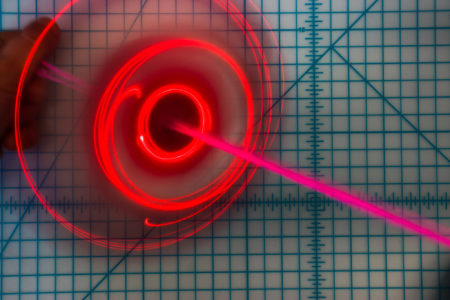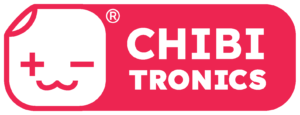10 Tricks for Altering the Look of Light
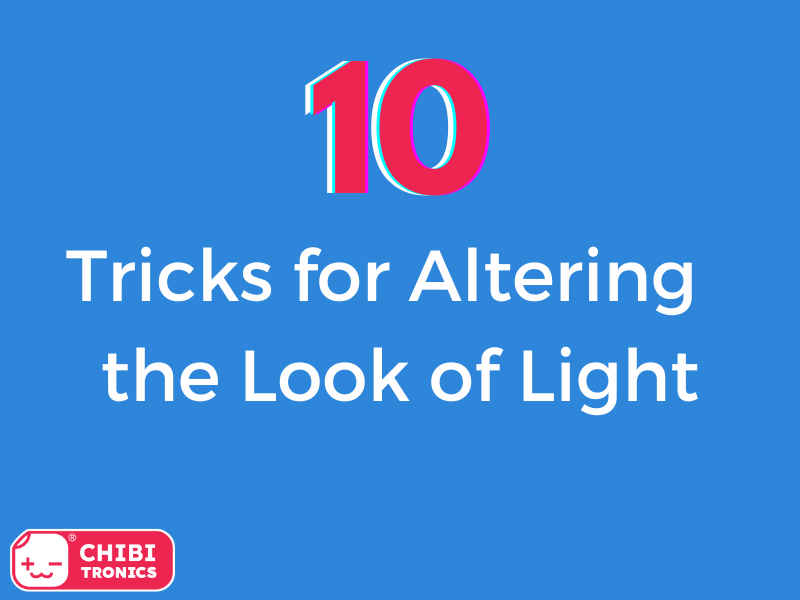
Experimentation and play are the best methods for discovering transformative ways to control and create with light — in order to visibly alter its look! The projects below showcase a diverse selection of experiments and ideas to help you get started!
Here are 10 transformative ways to control and create with light!
1. Collage with Light
Did you know that expressive collage, the practice of creating art through thoughtful layering, can be wildly accentuated by adding a sprinkle of light? Surprising results may be achieved by playfully layering lights with contact paper, tissue paper, and an enticing collection of colorful ephemera!
One of Celeste Moreno’s tricks to building drama in her creations is by adapting the principles of collage to her work with paper circuits. By applying LED Stickers to more than one layer at a time, sandwiching them between an eclectic mix of light-diffusing materials, Celeste has elevated the art of collage to create electrifying compositions!
To learn more, visit the tutorial, Making a Paper Circuit Collage with Clear Contact Paper, Craft Materials, and Chibitronics Animating LED Stickers.
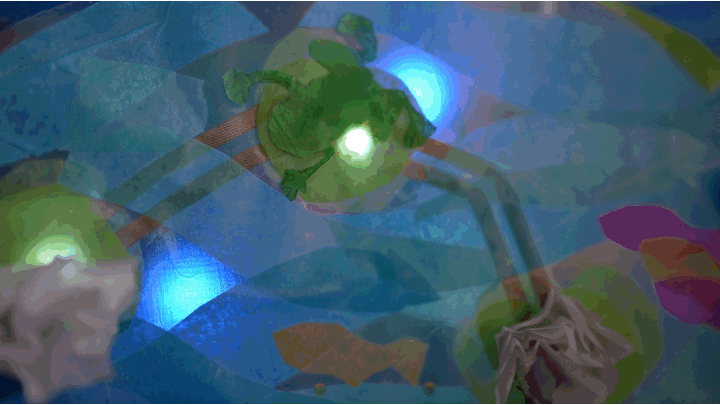
2. Change the Color of Light
Did you know that white LED stickers are as versatile as they are bright? With help from a permanent marker, you can easily change the appearance of a white LED to suit your artistic intent.
In the project depicted below, Eiko Uchida transformed the appearance of a White Fade Animating LED by applying a layer of yellow pigment to its tiny bulb, allowing it to better match the scene as part of the golden glowing center of a flower.
This strategy is useful for accentuating a light, making it appear more prominent, or for making a light blend in more naturally within a piece of art.
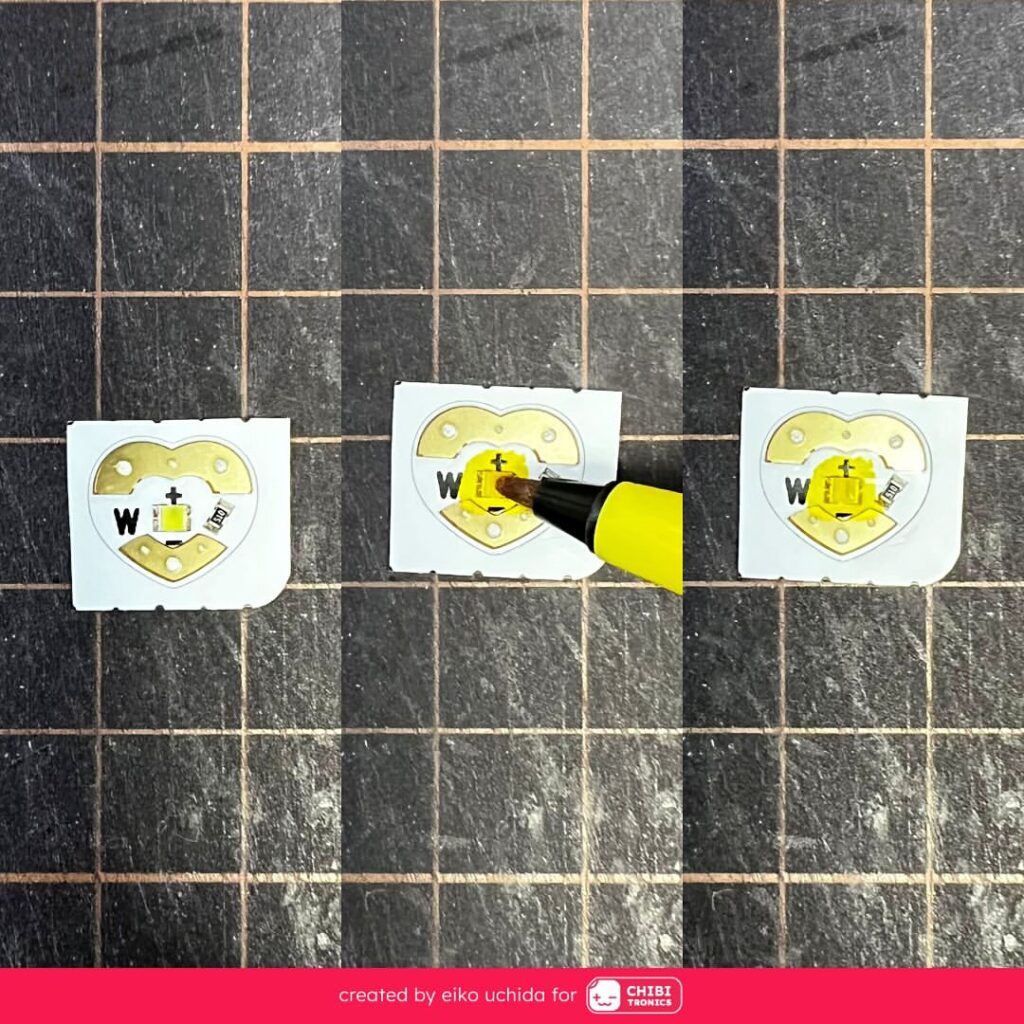
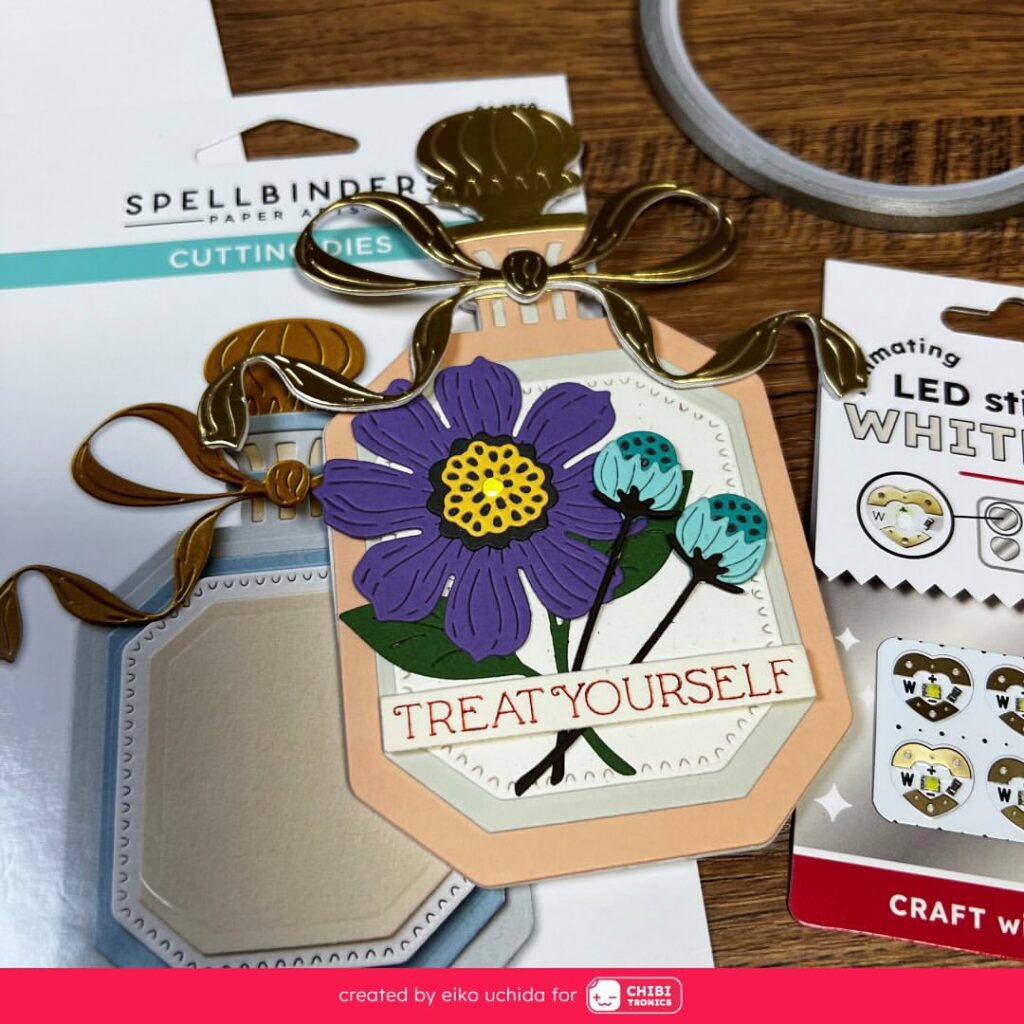
3. Filter Light
Did you know that filtering light is an easy and effective strategy for altering its properties to match your artistic intent? Similar to changing the color of light with pigment, putting it through a filter is a satisfying way to change its appearance.
The application of wax paper, translucent vellum, or parchment over a light can soften and diffuse it, while the use of colored tissue paper can change a light’s color and saturation. It’s even possible to alter light’s texture, by filtering it through different types of fabric or other household materials.
In her tutorial Combining Chibitronics LED Stickers with Embroidered Fabric Designs, Celeste Moreno demonstrates a way to filter light through embroidered fabric that she created with help from a home inkjet printer.
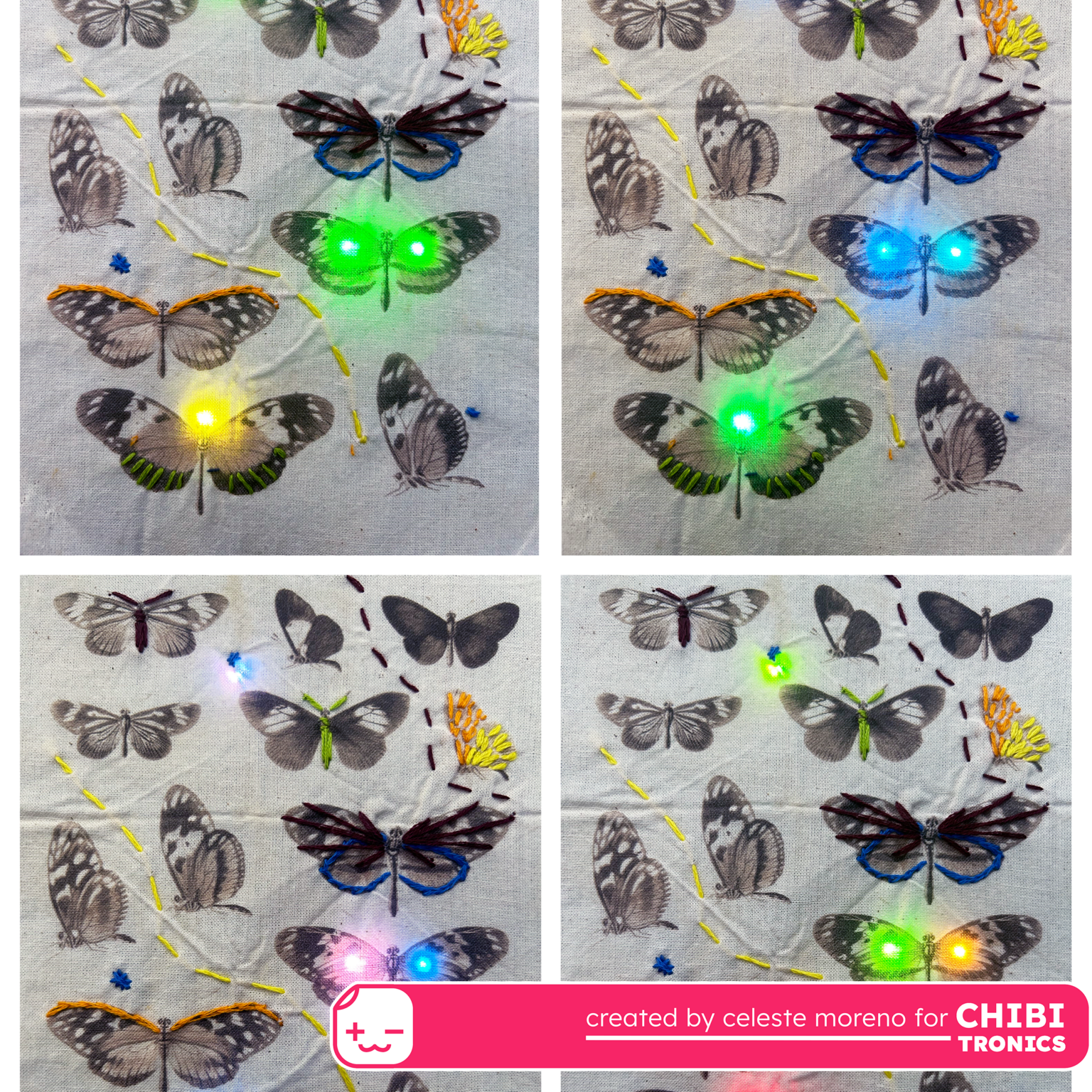
4. Lift & Diffuse Light
Have you ever noticed the way that a flashlight’s beam widens and gives off more light as it’s moved away from an object? In much the same way as you might lift a flashlight to get a wider view of a dark room, it’s possible to use the element of height to create broad swaths of light in your paper circuit projects!
In Episode 15 of the Chibitronics for Paper Crafters YouTube series, Illuminating Die Cuts, Jessica Frost Ballas demonstrates an effective way to diffuse the light of LED Stickers through the strategic layering and lifting of die cut shapes. At the 8:00 minute mark, you can see a clear demonstration of how she applies adhesive foam squares to raise die cut elements in a way that adds dimension, resulting in dazzling pools of light.
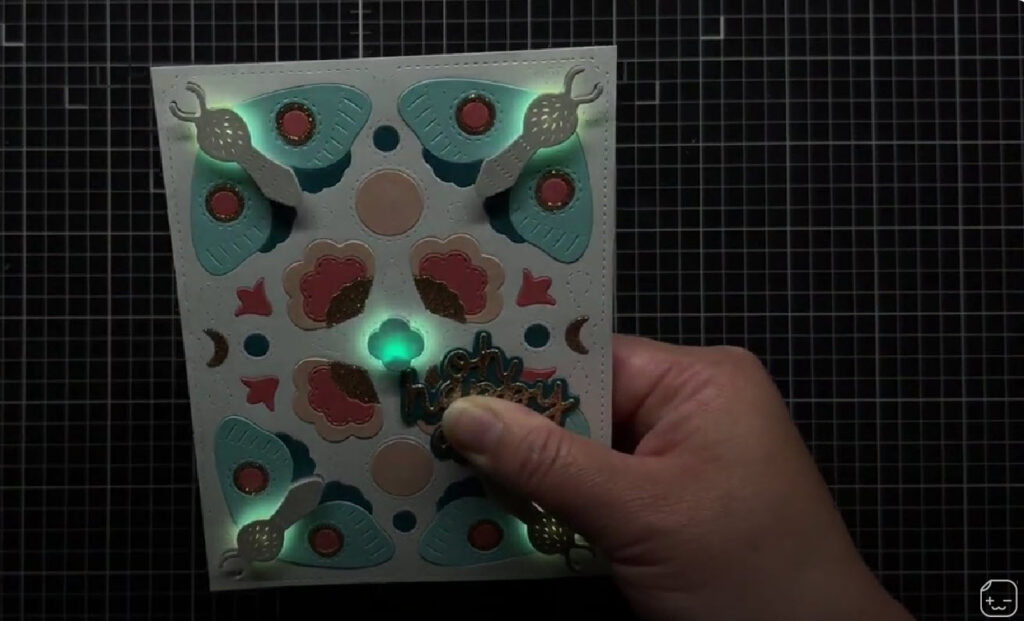
5. Backlight & Surprise With Light
In her tutorial, Silhouetted Spooky Halloween Card Featuring Chibitronics’ Eerie LED Lights, Allison Cope uses hidden shapes and silhouettes to convey a haunted surprise. See how she deftly combines Tropical LED Stickers, die cut cardstock elements, and translucent vellum to convey a striking, colorful message!
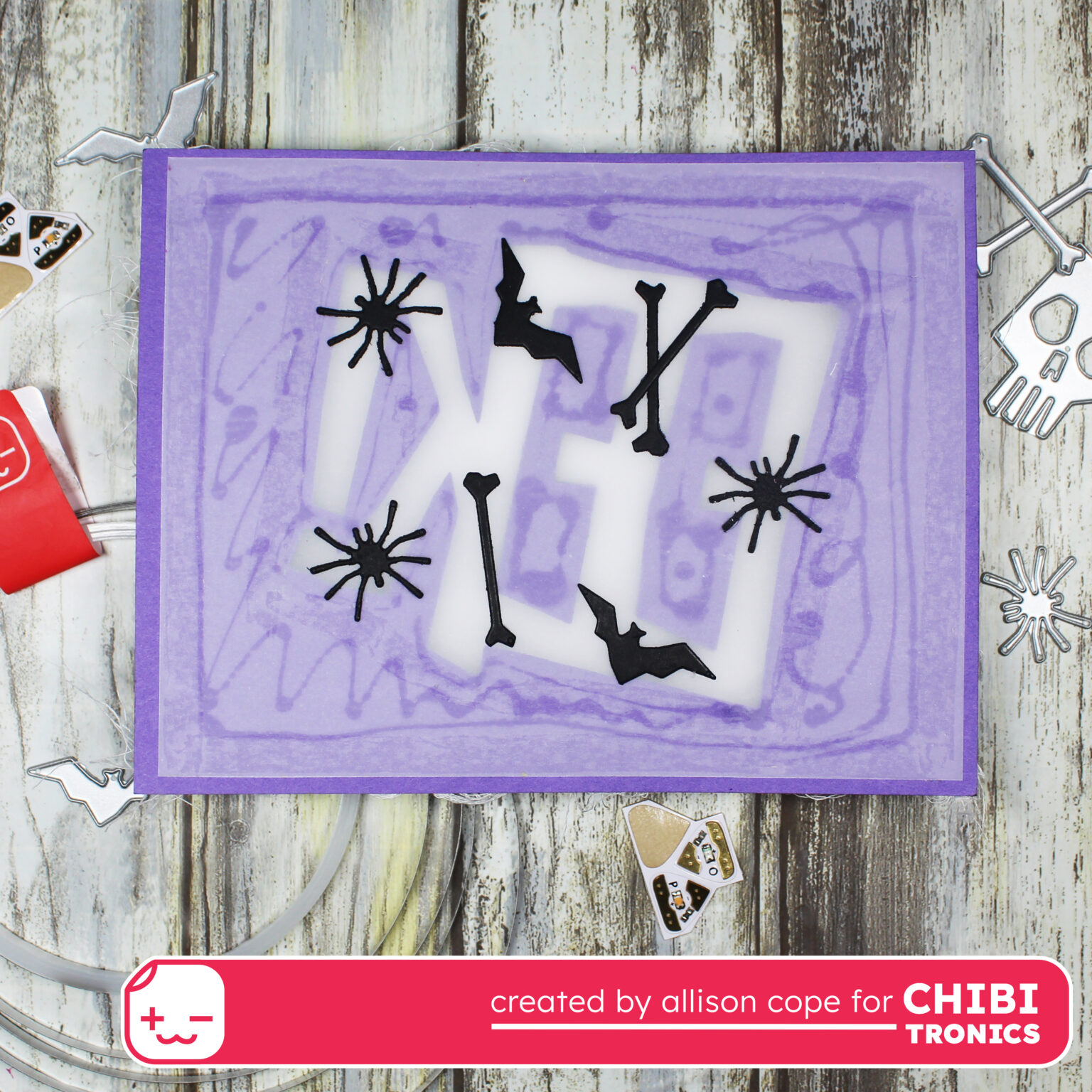
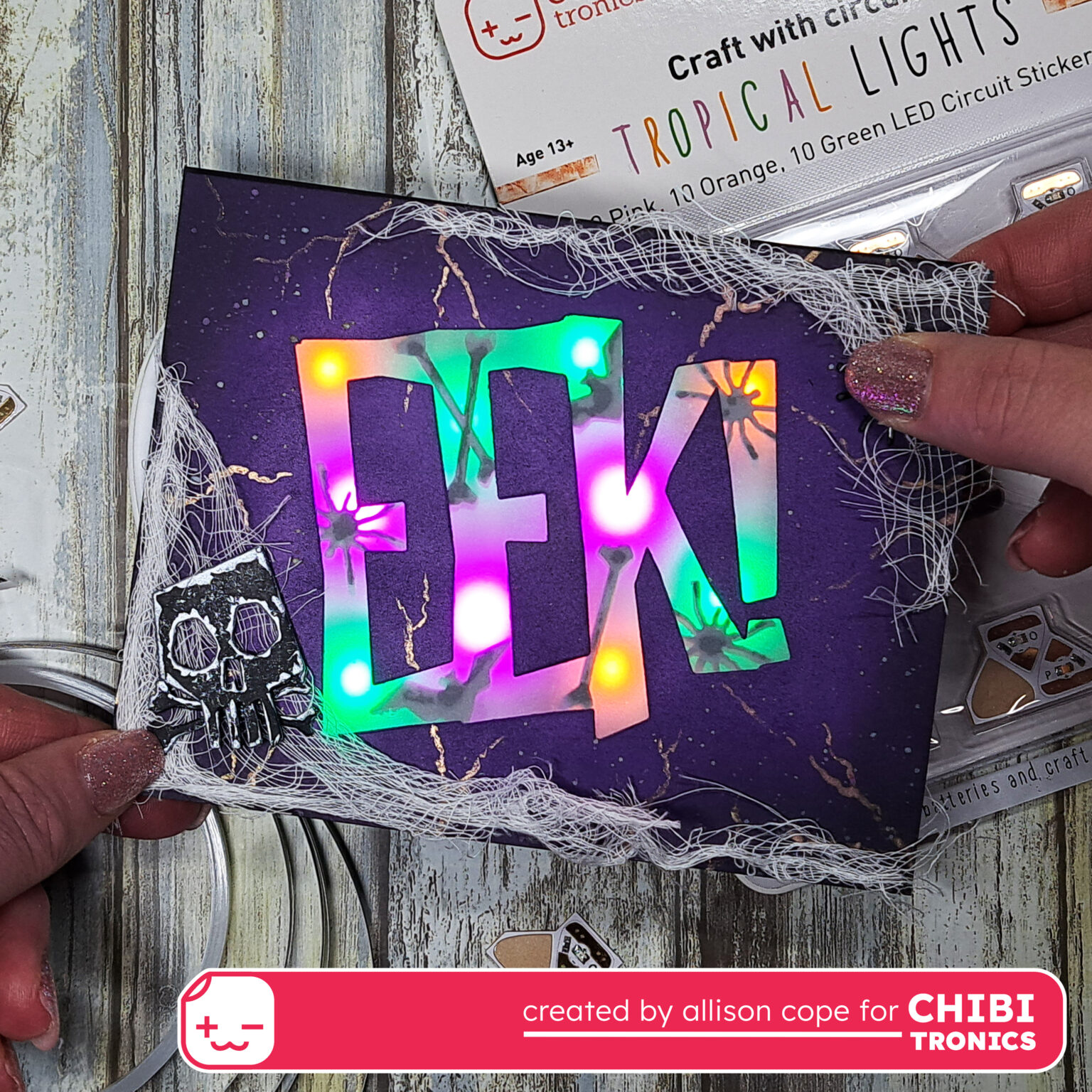
6. Reflect & Project Light
In her tutorial, This Night Light Has a Secret, Jasmine Florentine shares another whimsical way to combine backlighting with paper layering to conceal and reveal hidden images. This method, which employs aluminum foil as an easy hack for reflecting and projecting light, has the added benefit of creating scenes that are best viewed when all surrounding lights are turned off.
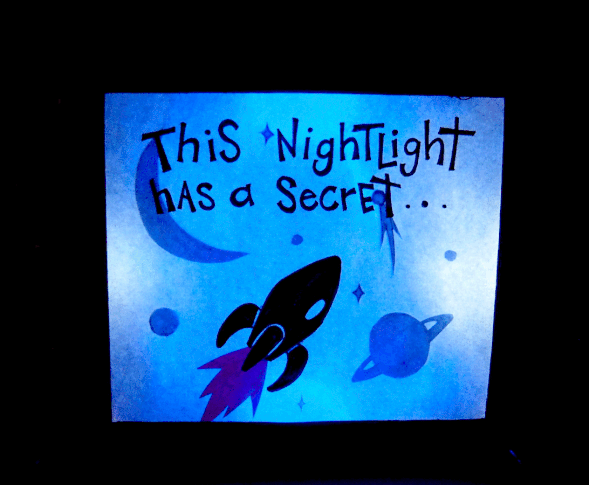
7. Encapsulate Light
An ethereal glowing effect may be created by encasing LED stickers with hot glue. In her tutorial, Hot Glue Diffusion Jellyfish Card with Chibitronic LED Stickers, Kathy Ceceri shares an easy method of adding light diffusion and textural dimension to projects without the use of fancy art supplies. With an assist from a gluegun, she fills in hand-cut shapes with carefully directed layers of hot glue to, increasing the tactile interest and touchability of an underwater scene.
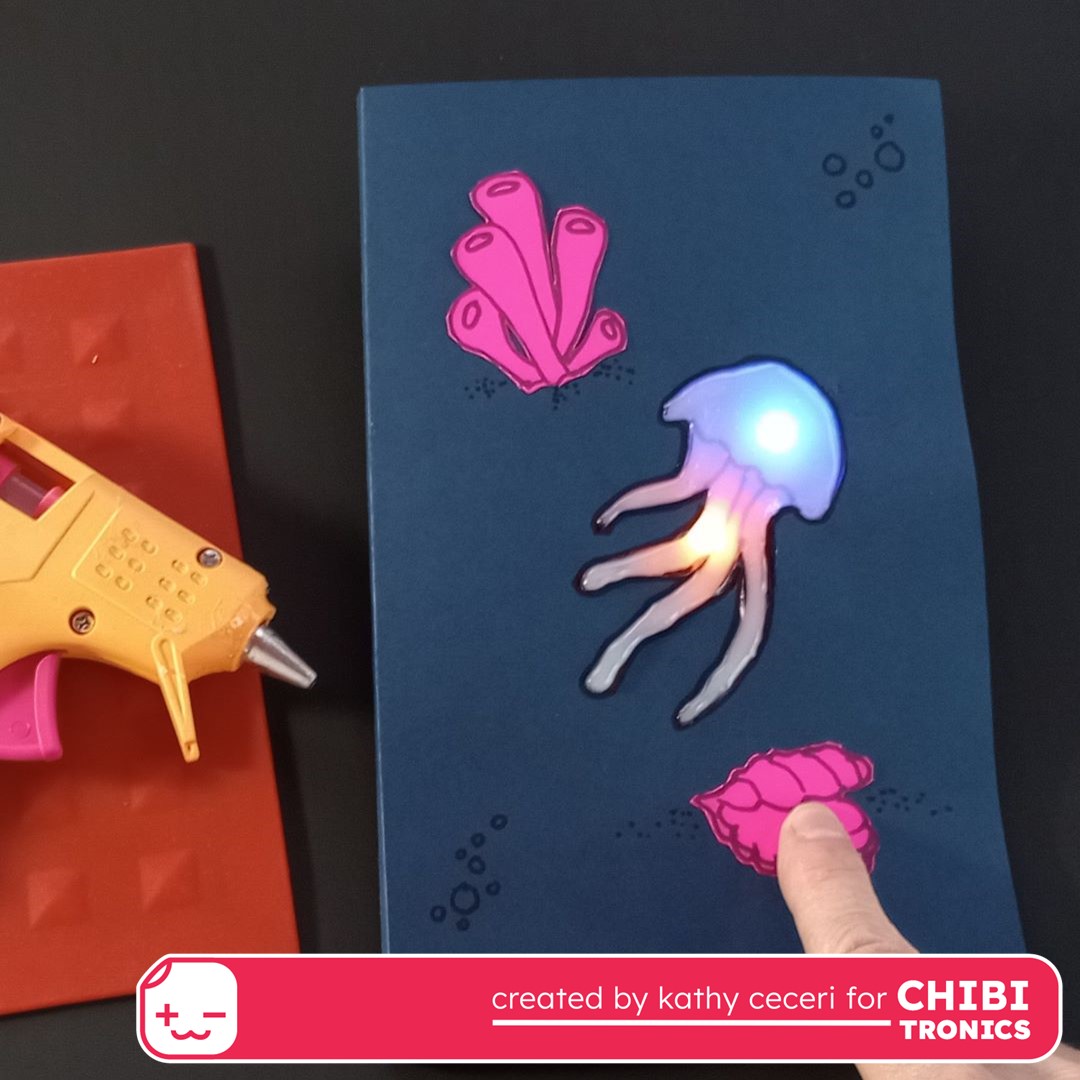
8. Pinpoint & Shape Light
In Episode 12 of the Chibitronics for Paper Crafters YouTube series, How to Shape Light, Jessica Frost Ballas combines four different techniques to create the dramatic illusion of two powerful beams of light emerging from a lighthouse. How the heck did she do that?
Starting at 11:09 you’ll see examples of the following:
1) a cleverly cut piece of black backing paper that pinpoints and shapes light;
2) the use of a mixed trio of LEDs (the brightest placed on each side of a less bright one) to create depth and dimension;
3) the use of a piece of translucent vellum for light diffusion; and
4) the artful application of white ink to accentuate the effect.
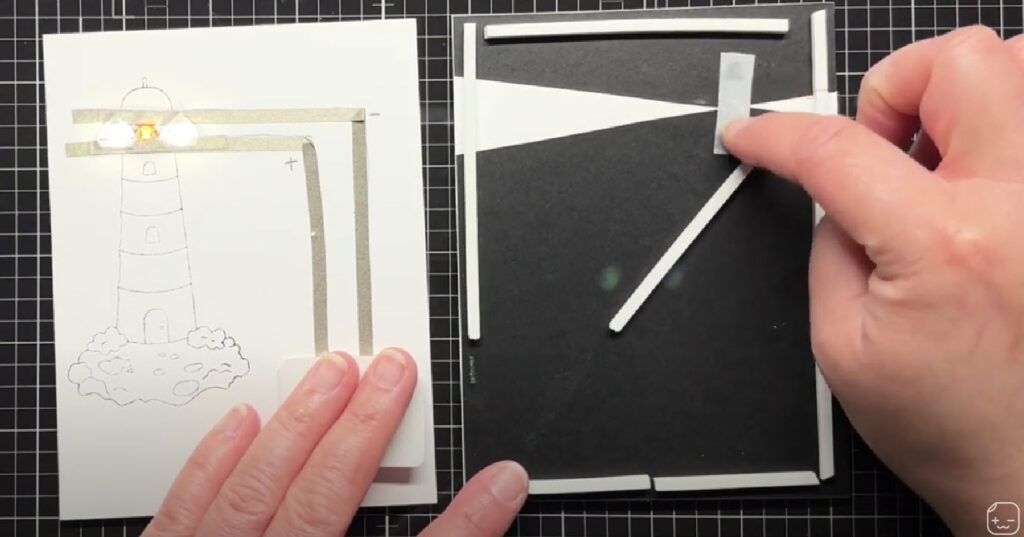
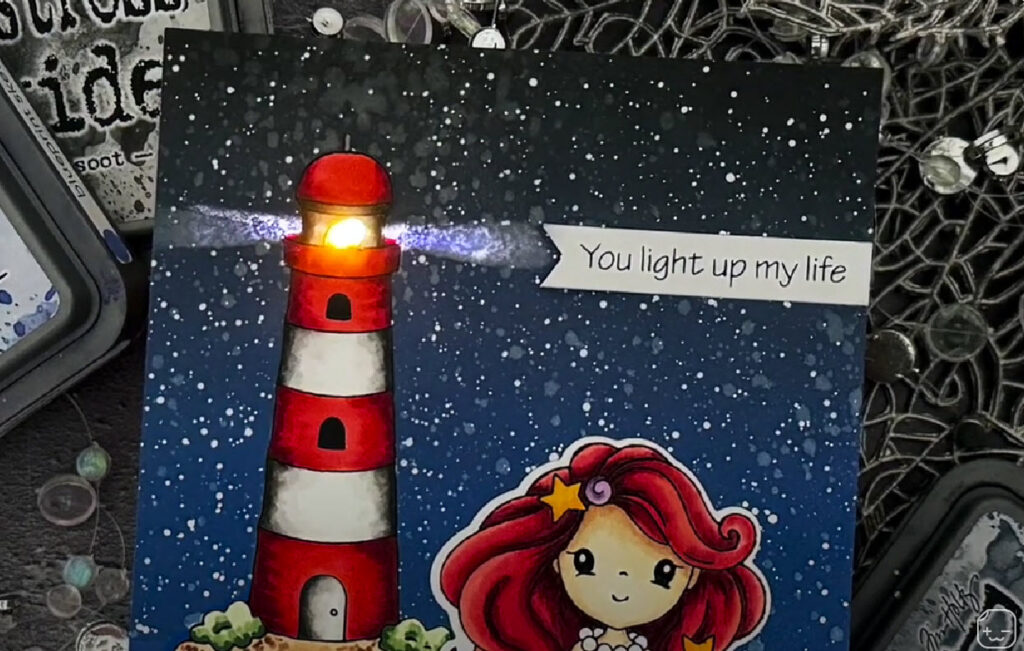
9. Add Luminescence to Light
Luminous, glow in the dark paint applied near or on top of an LED sticker (especially a white one) can result in some surprising effects! Once the paint has had time to dry, you will find that LED Stickers painted with it will continue to glow, even after the circuit is disconnected! Because glow in the dark paint is easy to disguise, viewers will only be alerted to an object’s full potential in the dark.
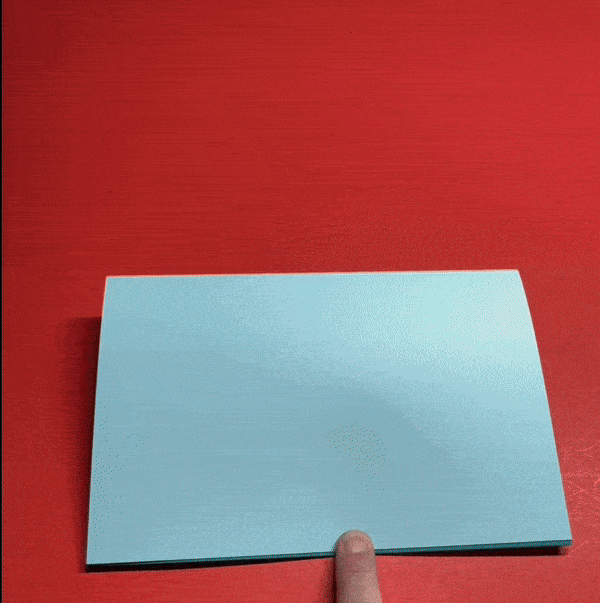
10. Free Play With Light
In their tutorial Shadows, Silhouettes, & Layers: Experiments with Paper & Light Natalie Freed and Jill Dawson share a number of ways to combine light with household materials to achieve surprising effects.
While many of the strategies have been showcased in the projects shared above, the tutorial remains a good resource for stimulating new ideas and building upon tried and true ones.
By focusing upon experimentation and play, the tutorial quickly depicts how easy it is to use a Sharpie marker to transform a piece of clear acetate into a multicolored light filter, reminiscent of stained glass windows. You’ll also see interesting ways to take advantage of negative and positive space by projecting light through holes and other shapes to create multi-dimensional effects.
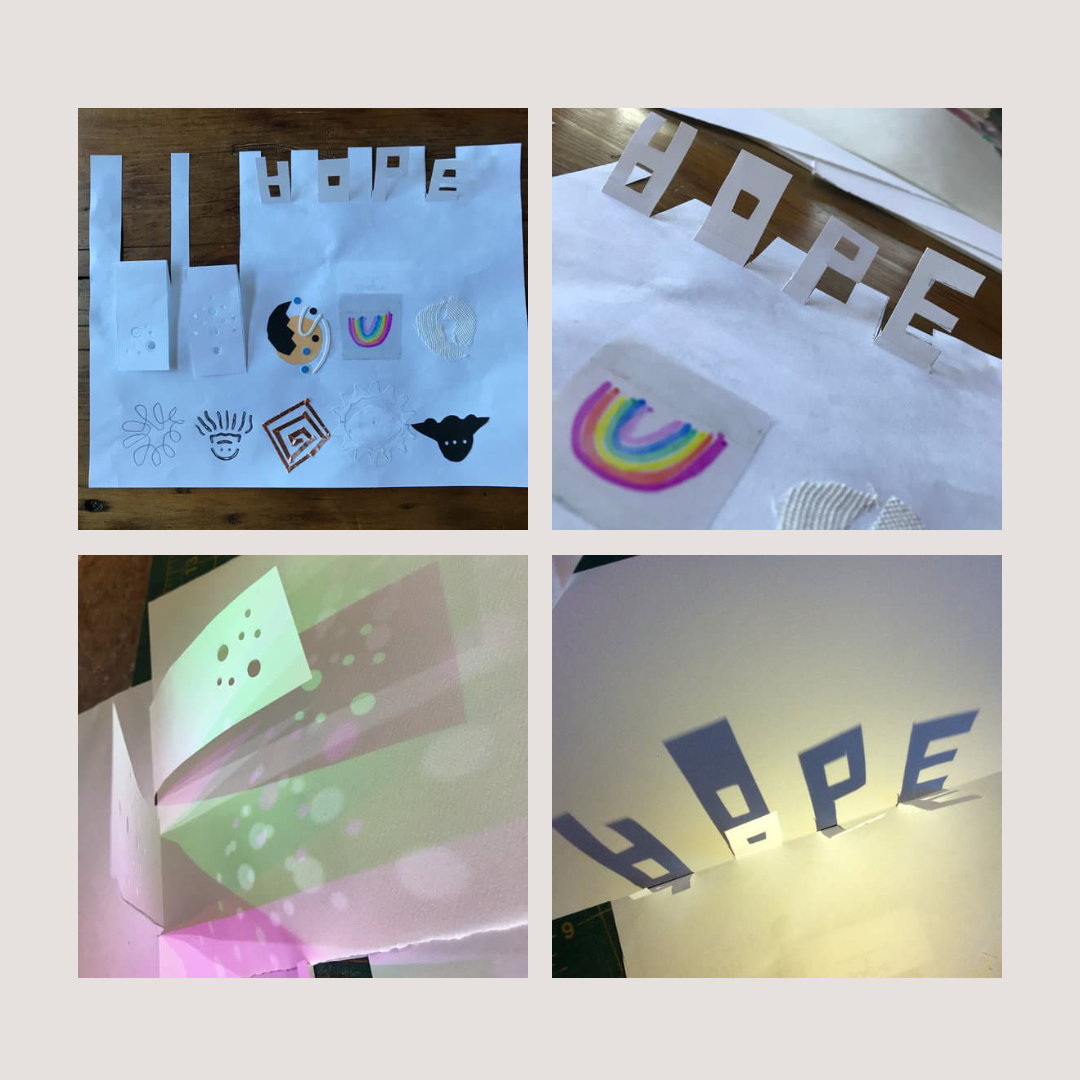
Bonus: 11 Spin & Capture Light
In her tutorial Spin this Heart to Make Spiraling Light-trails!, TechnoChic creates and captures images of light trails, using long exposure photography.
